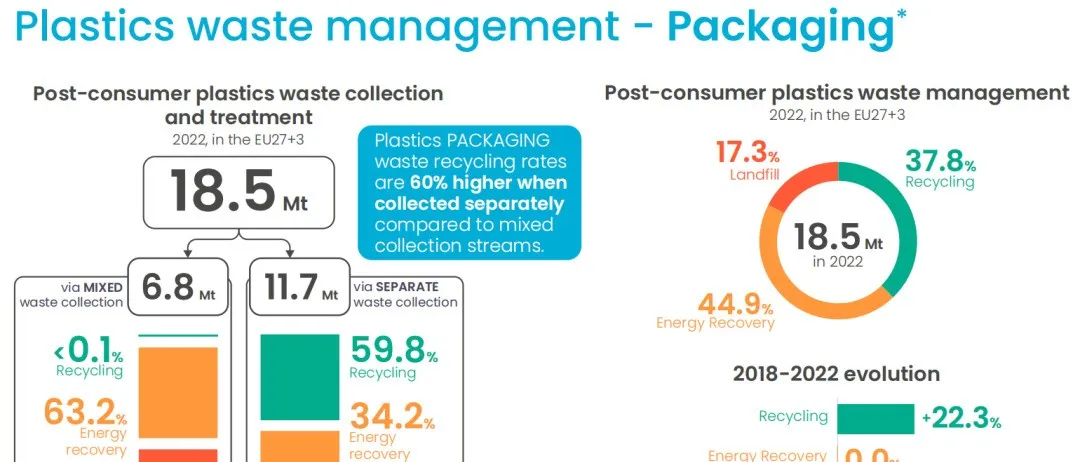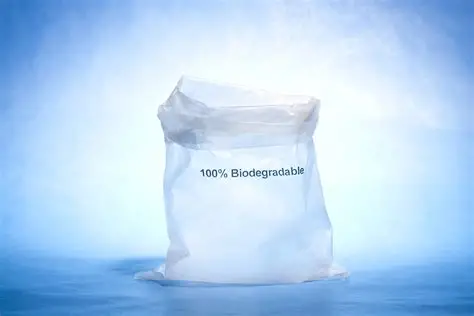The "Plastics Circular Economy - European Analysis 2024" report by the European Plastics Association comprehensively presents the progress and challenges of the European plastics industry in its transformation towards a circular economy.
On the positive side, the European plastic circular economy has achieved many results.
In the plastic production sector, the output of recycled plastics in Europe reached 11.7 million tons in 2022, accounting for 19.7% of the total output, with an increase of over 30% since 2018. This is attributed to the development of mechanical and chemical recycling technologies. Among them, the output of mechanical recycling has increased significantly. Although the proportion of chemical recycling is only 0.1%, the investment prospects are optimistic. Plastic producers plan to invest over 8 billion euros in related projects by 2030.
In terms of plastic conversion, 10.4 million tons of recycled plastic were used in the production of products and components in 2022, accounting for 19.2%, and the proportion of recycled plastic in new products reached 13.5%, a significant increase compared to 2018.
In terms of recycling and utilization, the plastic recycling rate reached 26.9% in 2022, exceeding the landfill rate for the first time. Some industries such as packaging, construction and agriculture have made good progress in using recycled plastics, with the recycling rate of packaging plastics reaching 37.8%.
However, the development of the plastic circular economy in Europe also faces many challenges.
In terms of the application of recycling technologies, although chemical recycling has great potential, its current application scale is relatively small. Policy support is urgently needed to promote investment and innovation, such as using appropriate mass balance attribution methods to calculate the content of chemically recycled plastics.
In terms of waste management, the amount of plastic waste incinerated has increased by 15% since 2018. However, nearly 25% of plastic waste is still landfilled, which not only wastes resources but also has a negative impact on the environment. The development of plastic recycling in different industries is uneven. The proportion of recycled plastic used in industries such as automobiles and electronics and electrical appliances is relatively low.
From the perspective of market competition, the global competitiveness of the European plastic industry has declined. Its share of global plastic production has dropped from 22% in 2006 to 14% in 2022. If this trend continues, Europe's reliance on imported plastics will deepen, thereby weakening its investment capacity in the transformation of the plastic circular economy.
To promote the further development of the plastic circular economy, Europe needs to take a series of measures.
Policy makers should improve policies and regulations, set mandatory recycling targets, and encourage investment and innovation. Increase support for chemical recycling technologies and promote their large-scale application; Strengthen the supervision of waste treatment, gradually phase out landfill and incineration, and improve the utilization rate of resources. All links in the plastic industry should enhance cooperation, jointly explore innovative business models and technologies, and improve the efficiency of plastic recycling and reuse. Meanwhile, through means such as public procurement, guide market demand, give priority to the use of recycled plastic products, and promote the development of the circular economy market.








